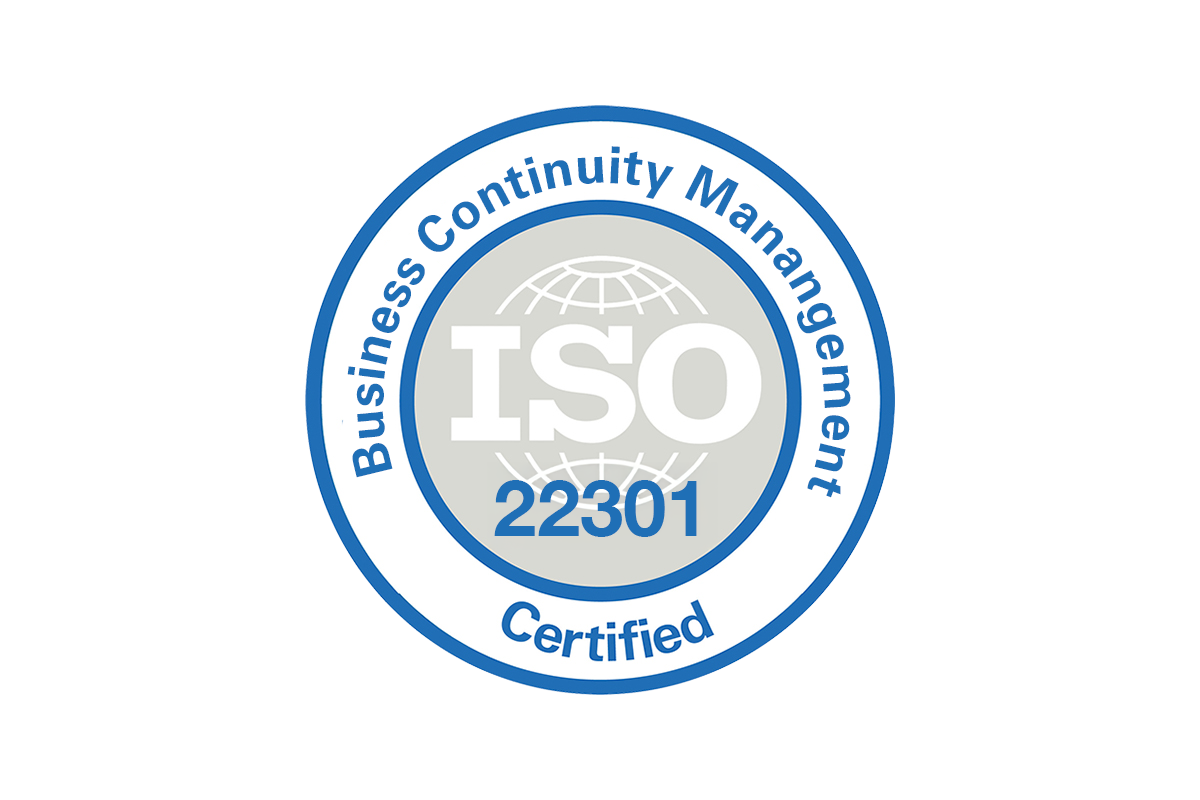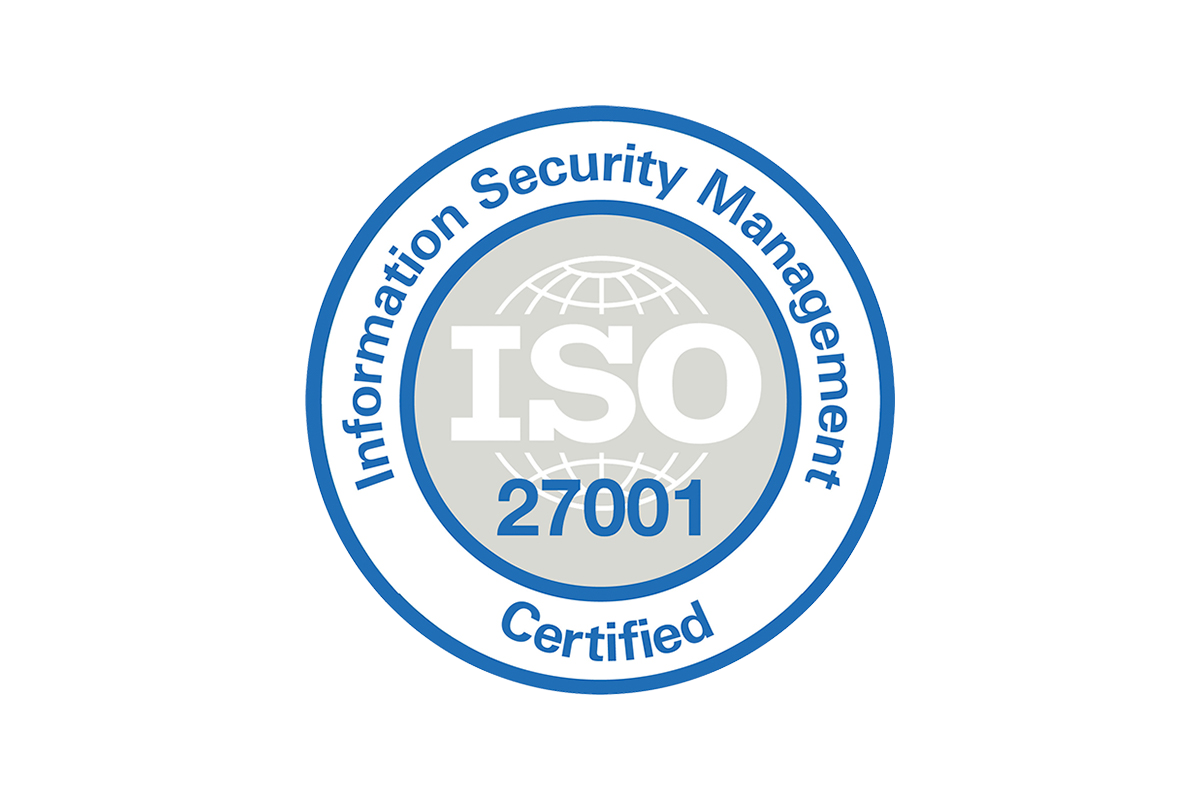Assessing organisational maturity and competency in Program / Project and Change Management including specific and practical recommendations for improvement
Program & Change Management
Achieving Change skillfully
We are your partners in achieving program, project, and organizational change excellence. Our professional services focus on elevating maturity and success through knowledge transfer, best practice implementation, and effective tools. From assessing organizational maturity to aligning project outputs with program outcomes and organizational objectives, our comprehensive support includes guiding best practices, developing business cases, risk and value assessments, and setting up management offices and reporting dashboards.
Our consulting and support services in this area include:

Alignment of Project outputs to Program Outcomes to Organisational objectives
Guiding and assisting in the implementation of Program / Project Best practices
Development of Business Cases (including identification and estimation of business benefits and initiative costs)
Risk assessment and analysis
Value assessment and analysis
Setting up Program / Project Management Office
Setting up Program / Project Reporting and Dashboards
Managing Programs / Projects (Using PMI or Prince2 or Customer preferred methodologies) including all aspects of planning and execution
Designing and implementing Change Management Initiatives to support planned organisational or strategic change. Duco Consultancy can assist in creating change awareness, providing knowledge and implementing required skills and behaviours (Prosci’s ADKAR Model for Organisational Change)
Contact Us
Operating across 3 Continents, Duco Consultancy is innovating technology at every corner. Contact us today to learn more about our services and opportunities.
Contact us 
Understand . Simplify . Succeed


